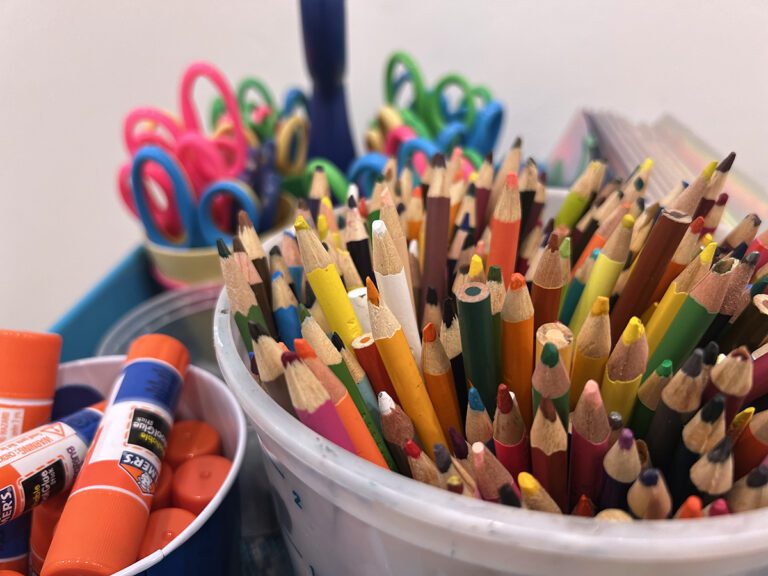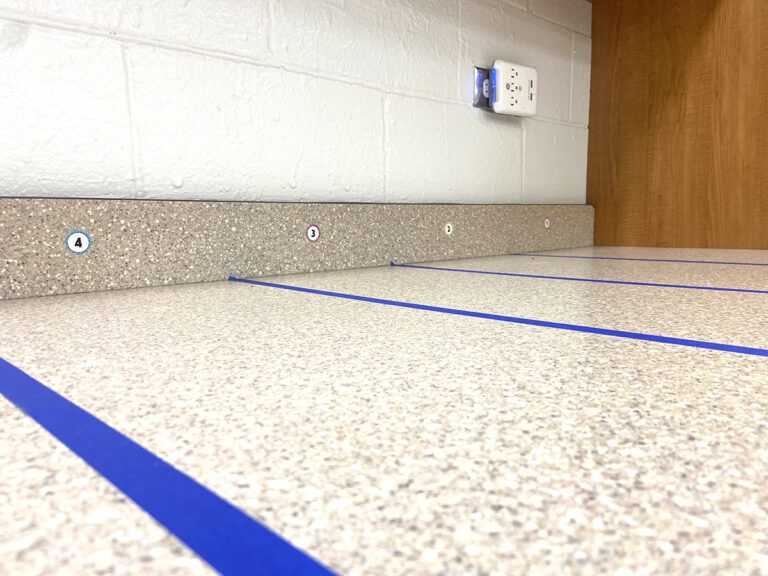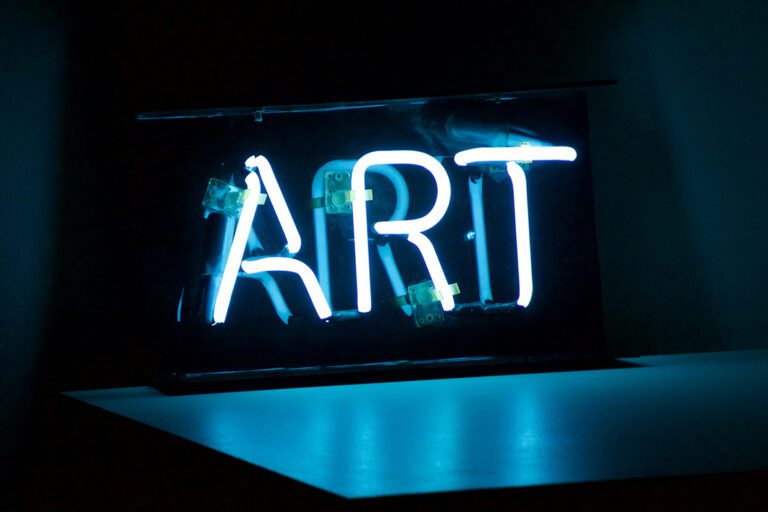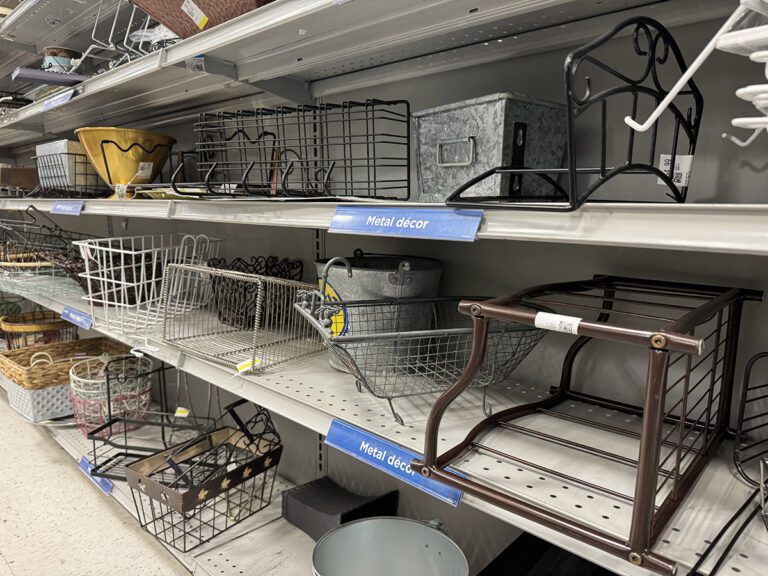![]()
Picture this: You have 45 minutes to get through a first-grade lesson about color mixing. You’ve got an awesome introductory activity planned on the rug including a super-cool, interactive whiteboard game and your favorite color mixing book. The students file in, have a seat, and before you can say anything, a little guy raises his hand…
“Guess what!? My grandparents are going to be at my house after school!”
Wanting to acknowledge his enthusiasm, you nod, smile and say, “Wow! I bet you are really excited, that’s so wonderful you will get to spend some time with them. OK, let’s start our book.” You open to page one when you notice…6 more hands are up.
“Yes, Sophia?”
“My grandma took me out for ice cream on Saturday! Or… I think it was Saturday. I can’t ‘member.”
Then…chaos.
“Oh! I love ice cream! Have you ever had blue moon!? It is so yummy. One time I was having blue moon and it dropped on the floor and then MY DOG ATE IT!”
Everyone descends into fits of laughter…
“I have a dog too!”
“Me too!”
“Me too!”
“My dog’s name is Charlie.”
“OH.MY.GOSH! My cousin’s name is Charlie!”
We’ve all been there.
Once the barrage of comments starts, it’s almost impossible to quell. Students are just so excited to share that they can’t stop themselves. While sharing time can be a great way to get to know your students better, it also can really cut into precious learning time. So, what’s an art teacher to do?
Here are 5 simple strategies for keeping sharing time under control.
1. Greet students at the door.
Allowing students to make a super quick personal connection with you on their way into the classroom can help curb oversharing once they’re seated. Students often will mention things on their way in, and you can give a quick smile or nod to let them know they’ve been heard.
2. Incorporate partner sharing into your carpet time.
Often tangents get started during whole group sharing. Sometimes students feel frustrated if they aren’t called on during this time and end up blurting out comments anyway. To help, after you have posed a question, ask students to first share with the other kids around them. Then, share a few ideas as a whole group. This way, each student will feel like they have already been heard before the whole-group sharing session.
3. Rotate around the room during work time.
Teach students that group time is for sharing knowledge about art and art class and that work time is perfect for sharing personal stories. Being present during work time gives students an opportunity to share their stories with you.
Sometimes, even if you implement the previous three techniques, you still have students that just can’t seem to help themselves. In those cases, here are two ideas to try.
1. Call them on it.
When you see the (cute, but derailing) perpetrator’s hand go up, simply ask, “Is this about art?” If they say no, tell them they need to save it for later.
2. Have them send you a “text” message.
This technique comes from a kindergarten teacher who was dealing with a class full of “blurters.” She had her students “text” their messages to her during teaching time using their imaginary phones. It was hilarious, as a few of the kids always had their thumbs going.
Hopefully, these techniques will help your students distinguish appropriate sharing times in your classroom. However, we all know that sometimes the best ideas come out of sharing or brainstorming sessions that evolve organically. So, once in a while, when you have time, let them run wild!
How about you? How do you keep tangents under control in the art room?
Do you have any other tips to share?
Magazine articles and podcasts are opinions of professional education contributors and do not necessarily represent the position of the Art of Education University (AOEU) or its academic offerings. Contributors use terms in the way they are most often talked about in the scope of their educational experiences.




